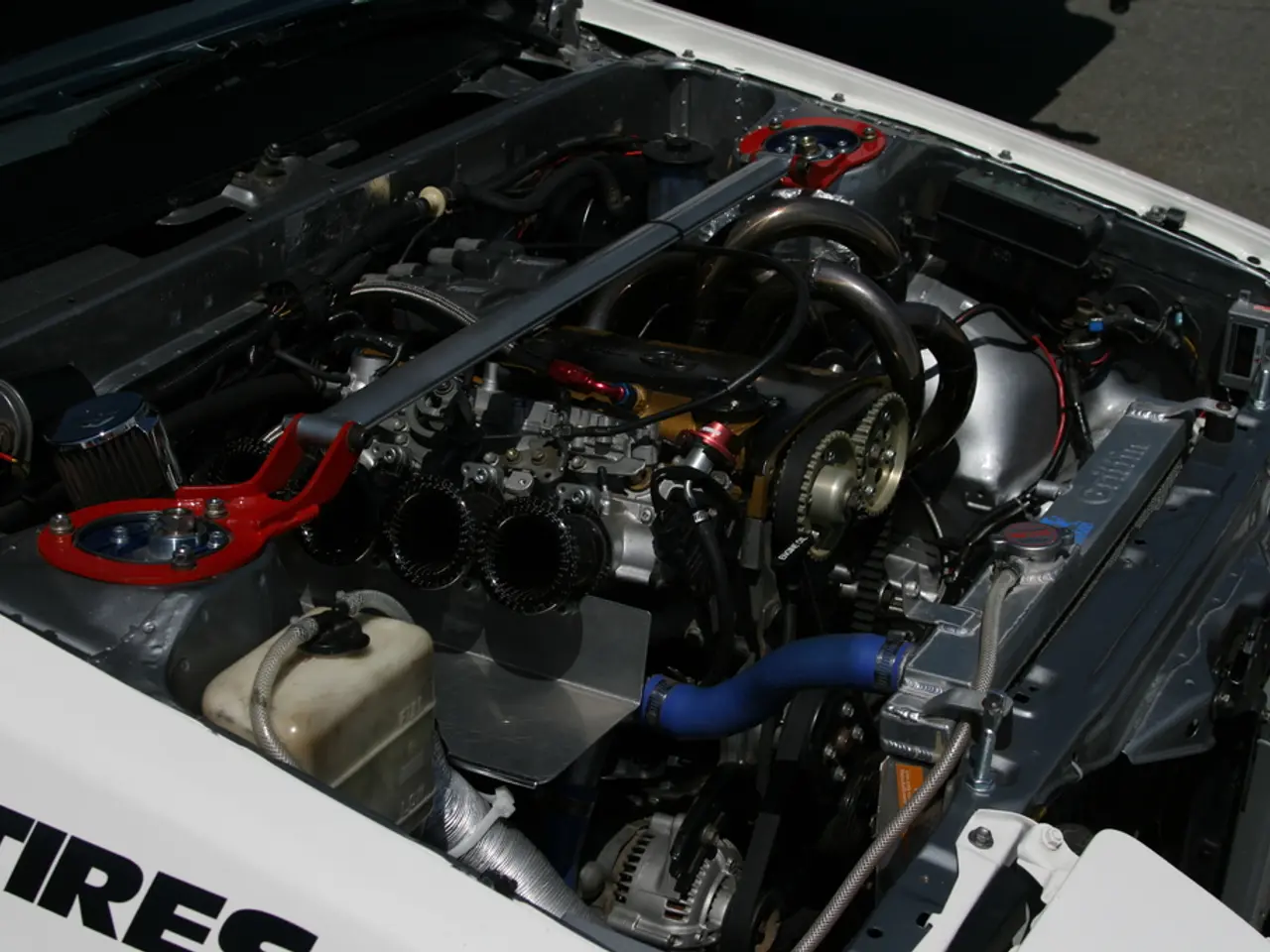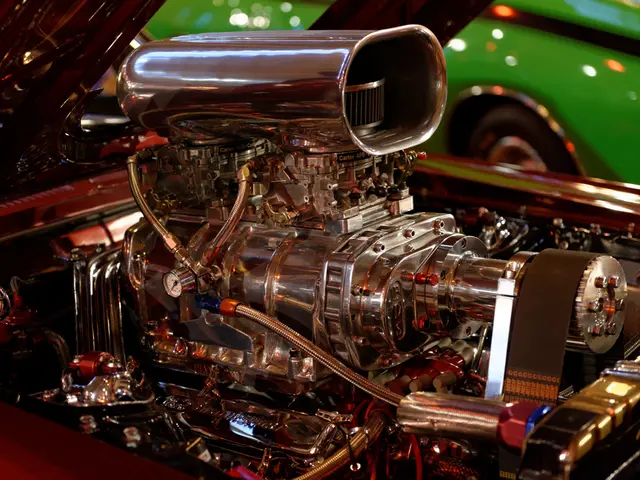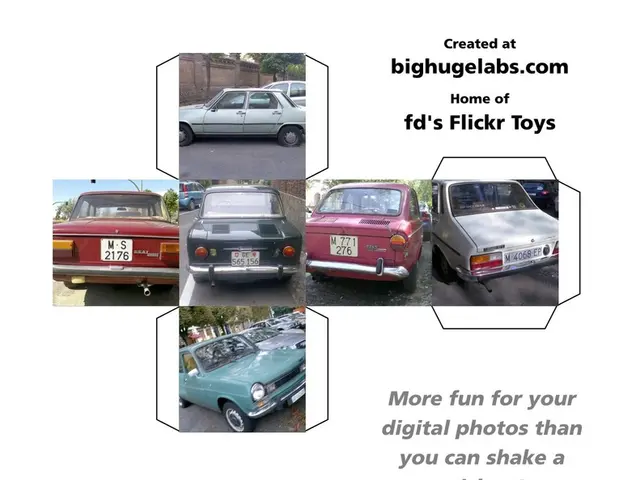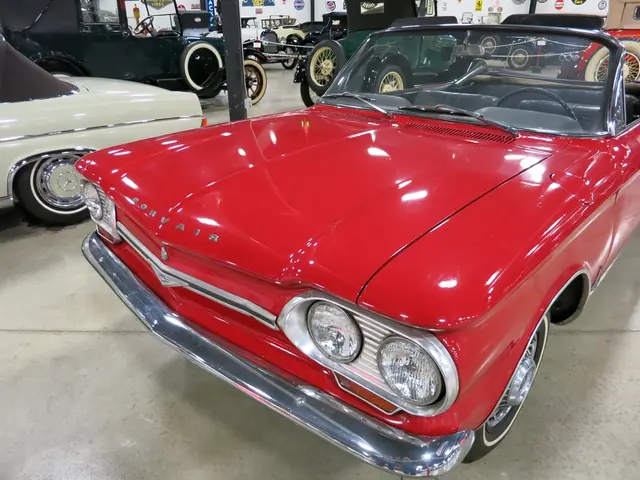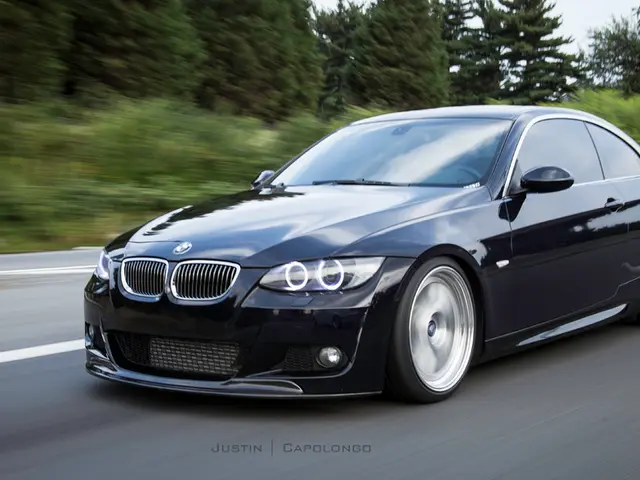Turbine Engines' F1 Potential Revived by Modern Tech
Turbine engines, once promising in motorsport, have faced regulatory hurdles in Formula 1 despite their success in IndyCar. The STP-Paxton Turbocar showcased their potential in 1967, but they've since been sidelined due to power-to-weight issues and air intake restrictions.
In 1967, the STP-Paxton Turbocar wowed spectators with its linear acceleration and silent operation, outpacing competitors in practice times for the Indy 500. However, a gearbox failure prevented it from securing victory. Formula 1, meanwhile, struggled to categorize turbines due to their performance dependence on air quality, pressure ratios, and temperatures.
Turbines work by compressing air, mixing it with fuel, and burning it in a rotating chamber to drive blade wheels. Despite their smooth operation and consistent torque, they're heavier and less efficient in providing immediate power compared to internal combustion engines or electric motors. This makes them less suitable for Formula 1's rapid acceleration and precise handling. The FIA limited their air intake, further reducing their efficiency and competitiveness. The success of turbines in IndyCar led to similar restrictions in the following year.
Today, turbines are considered complex and inefficient, but advancements like hybrid drives, e-turbos, and computer-aided control could potentially make them a valid alternative in motorsport. They offer advantages such as extreme smoothness, minimal vibrations, and a simpler design due to the elimination of many moving parts.
While turbine engines have faced regulatory challenges in Formula 1, their potential remains. Modern technologies could help overcome their historical drawbacks, potentially reviving their role in motorsport.
Read also:
- Emergency services of the future revealed by Renault with the introduction of the Vision 4Rescue vehicle.
- Advanced Brabus Model Not Suitable for Inexperienced Drivers
- Latest Developments in Electric Vehicle, Battery, and Charging: IBM, Tervine, ACM, Clarios, Altris, 25M, Lion Electric, InductEV, EVgo, Toyota, EVCS, StoreDot, and REE Are in Focus
- Latest updates for July 31: Introduction of Ather 450S with expanded battery, unveiling of new Tesla dealership, and additional news
